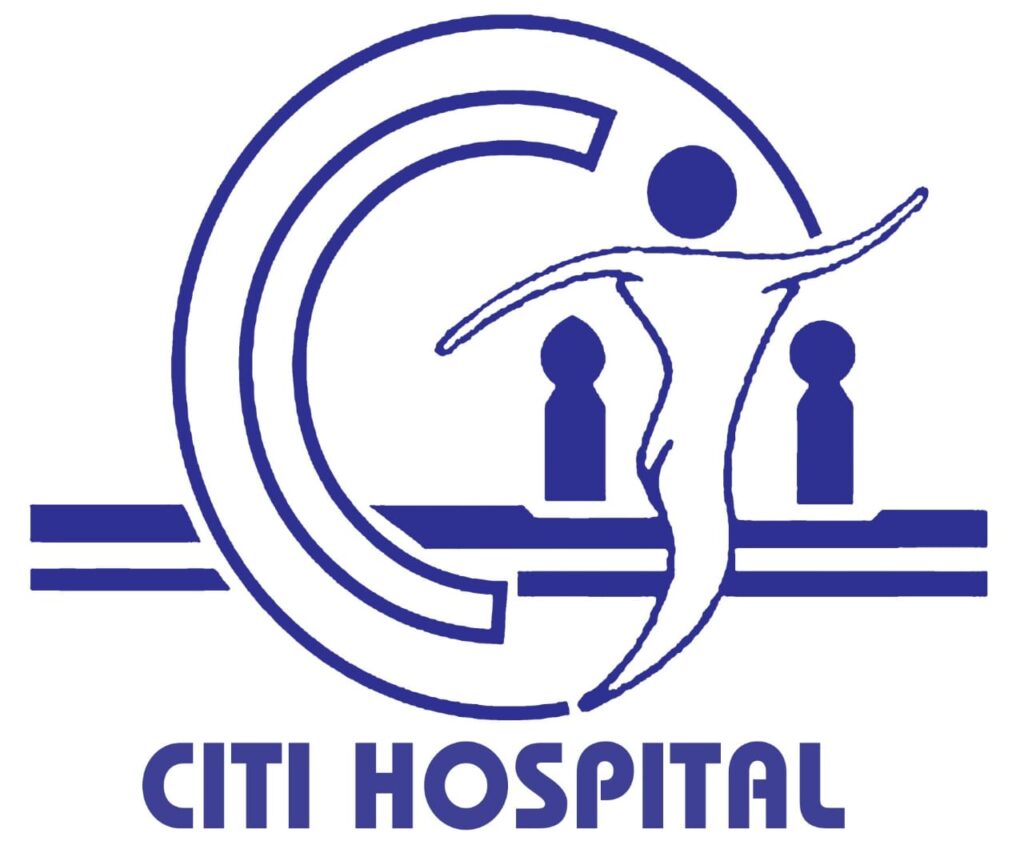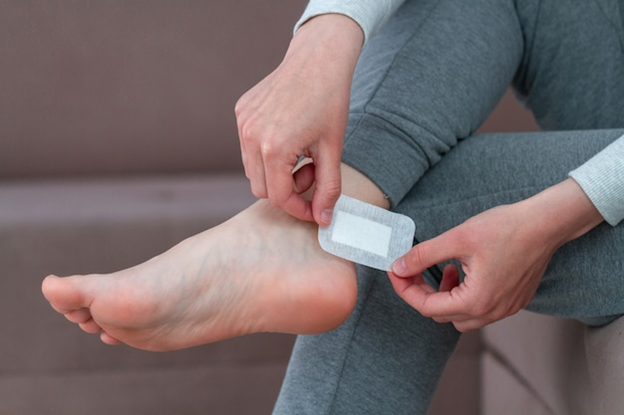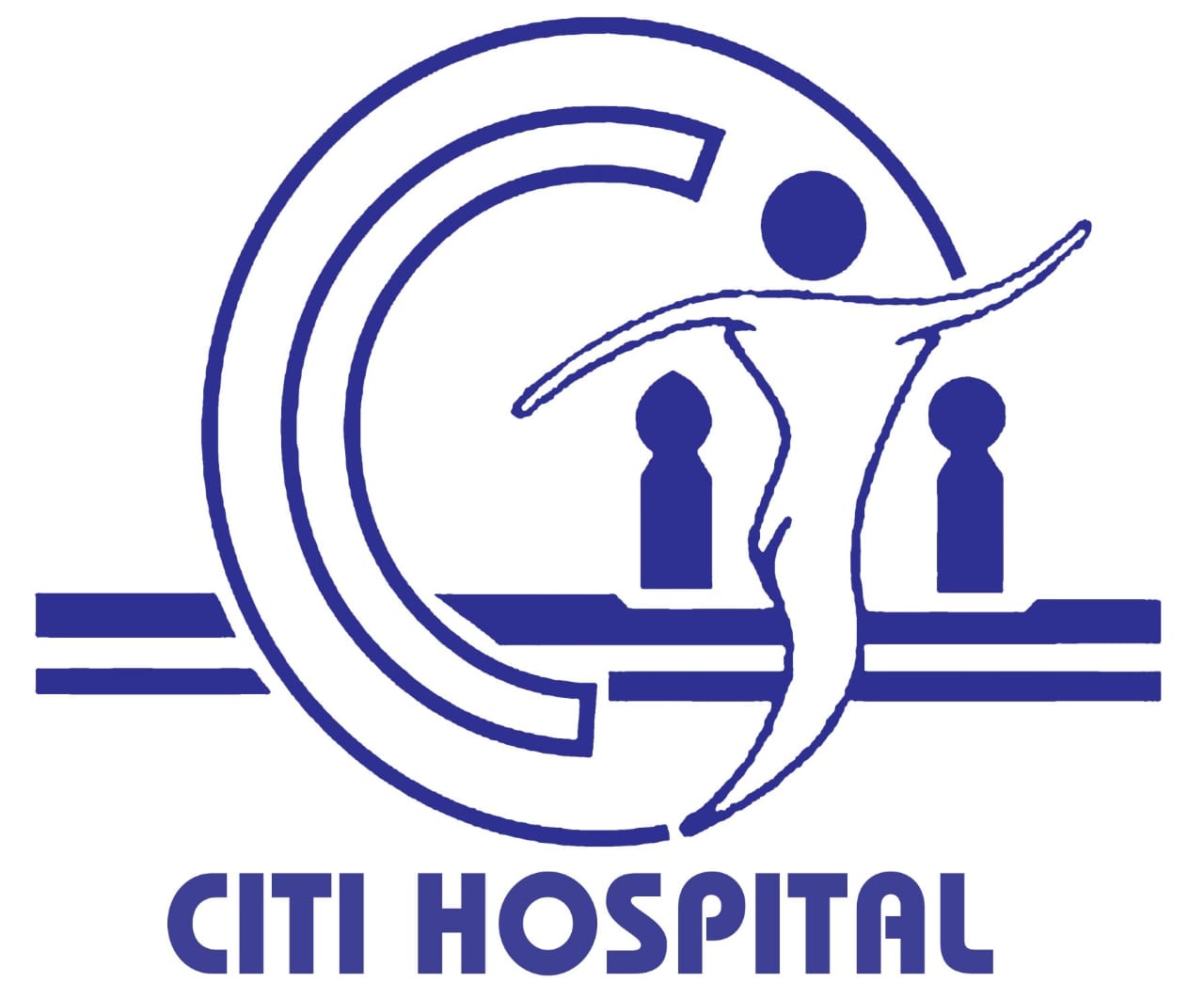Many of us suffer from foot discomfort at some point, and corns on feet are a common culprit. These hard, thickened skin layers form in response to pressure or friction. While not generally dangerous, they can cause significant discomfort if not addressed. Understanding what causes corns on feet, recognizing their symptoms, and knowing the available treatments can help us better manage our foot health. This guide will provide a simple and clear explanation to help anyone dealing with this issue, especially for those new to the topic.
Defining Foot Corns and Why They Matter?
Foot corns are tough layers of skin from pressure or friction. They often form on toes or soles where there is rubbing. Unlike calluses, corns are smaller and tend to hurt more. This makes attending to them quite important for comfort.
Imagine a walk where every step feels uncomfortable and painful. Rajesh, an office worker, faced this during his commute in New Delhi. Corns can make simple walks feel dreadful if ignored too long. Relieving this means enjoying small pleasures without discomfort.
Identifying corns early is crucial to avoid further pain. Timely action prevents them from worsening and causing more harm. Simple changes, such as wearing kinder shoes, can help significantly. Tackling the issue early ensures freedom to enjoy daily activities.
The Causes and Risk Factors Behind Foot Corns
In India, people often stay on their feet all day long. Walking on hard roads and using traditional shoes can lead to corns on feet. When attending religious events barefoot, the friction might cause problems too.
Poorly fitting shoes are main reasons for corns on feet to form. Tight shoes squeeze toes too much together, while loose ones make feet slide a lot. Like Lata found out, her favorite sandals kept rubbing her toe until it developed a corn. It’s important to pick shoes that fit just right.
Playing sports or doing physical activities stresses feet more than usual. Foot issues like bunions can make corns on feet worse because they cause friction. Hygiene problems like not keeping feet dry can increase corn risk. It is vital to take care of feet as well as picking good shoes.
Recognizing Symptoms and Severity Levels of Corns on Feet
Corns on feet are tough, hard patches which appear on the skin. They might look yellowish or gray, with possible redness nearby. These thickened areas form as a response to pressure or friction.

Pain is a common sign, especially when helped by touching the corn or during movement. Sneha, who spends her days teaching, noticed this pain in heels. This pain often signals the presence of corns on feet.
It’s crucial to tell corns apart from calluses or warts on your feet. Corns have a central core and generally cause more discomfort compared to calluses. Warts look somewhat like corns but usually differ in cause, displaying tiny black spots.
Traditional Indian Remedies and Their Role in Foot Corn Treatment
In India, many traditional remedies have been passed down generations. People use lemon peels or turmeric paste to soften corns on feet. Applying these regularly is believed to help reduce their size.
The effectiveness might vary, but these remedies hold cultural value too. They provide comfort and a connection to our heritage. Many find relief in these methods because they are natural.
Traditional methods complement modern treatments very well in practice. Using a pumice stone after turmeric can improve the effects. Modern treatments, like corn pads, work well with age-old methods for relief.
Prevention: Achieving Healthy Feet and Avoiding Corns
Choosing the right footwear plays a key role in preventing corns on feet. Make sure the shoes fit well, avoiding tight or too loose styles. Go for shoes made from breathable materials to minimize moisture and friction. Wearing cushioned sandals for longer walks can be a good option, offering comfort and reducing pressure.
Keeping your feet clean is very important in preventing corns on feet. Wash your feet every day and make sure they are completely dry before wearing any shoes. Controlling moisture helps avoid skin thickening, which lowers the chance of developing corns.
Fixing how you walk and any foot problems early can help prevent corns on feet. It may be beneficial to visit a foot doctor for personalized advice, ensuring your feet stay healthy and free from pain.
Exploring Self-care and DIY Remedies
Soaking feet in warm water eases discomfort associated with corns on feet. It softens skin, which makes it simpler to clear away thick layers. Using a pumice stone after each soak can help in keeping calluses more manageable. Regular weekly soaks ensure ongoing relief and healthier feet overall.
Eating a balanced diet rich in vitamins ensures your skin stays healthy naturally. Keeping active with exercises can boost blood flow to prevent corns on feet from forming. Having healthy habits makes a noticeable difference for the care of your feet.
Self-care solutions are budget-friendly and easily done at home. Be gentle when using things like pumice stones or you could harm the skin. If corns on feet become painful or don’t improve, it’s best to seek expert advice. Always take caution and know when it’s time for an extra hand.
Medical Interventions and Advanced Treatment Options
When dealing with corns on feet, it’s important to know when you need help. Even if corns seem minor, they can quickly become painful issues to manage. If home remedies aren’t working or discomfort continues, see a doctor. Persistent pain or infection in corns on feet indicates the need for expert attention. Consulting specialists ensures a proper diagnosis and care suited for each person.
Doctors have ways to manage corns on feet effectively and safely. A common option involves cutting away the toughened skin by a trained professional. If the corns are due to bone problems, surgery might be needed to correct bone positioning. These steps help decrease friction and make every step comfortable, reducing pain while walking.
India’s medical services offer excellent facilities for fixing corns on feet. Renowned hospitals like CITI provide focused services for foot care needs. Using modern tools and skilled teams, they offer thorough checks and treatments. CITI ensures personalized care by looking at a patient’s past health and living habits. With expert advice and top techniques, patients can enjoy improved foot health.
Maintaining Foot Health to Prevent Corn Recurrence
For people likely to have corns on feet, checking them often is key. Noticing early signs means taking quick action before they worsen.
Make a daily routine for your feet to keep them good. Start with a gentle cleaning and keep them soft with cream rubs. Regularly filing away dead skin keeps corns from starting or getting worse.
The changing weather in India requires good shoe choices that allow feet to breathe. Avoid tight shoes to reduce moisture and friction that cause corns. Letting your feet breathe and walking barefoot sometimes helps them stay healthy. Adding short foot massages can make your feet feel relaxed and improve their well-being.
Conclusion: Prioritizing Foot Health for Overall Well-being
Recognizing and addressing corns on feet is vital for good foot care. This involves understanding what causes them and how to prevent them effectively. Keeping feet healthy involves more than just managing symptoms; it’s about proactive measures, largely guided by professional advice.
Our feet bear the weight of our entire bodies, so they need our attention daily. Regular check-ups at places like CITI hospitals can make a big difference in keeping feet comfortable. With the right habits and timely medical help, you can keep your feet pain-free for life.




